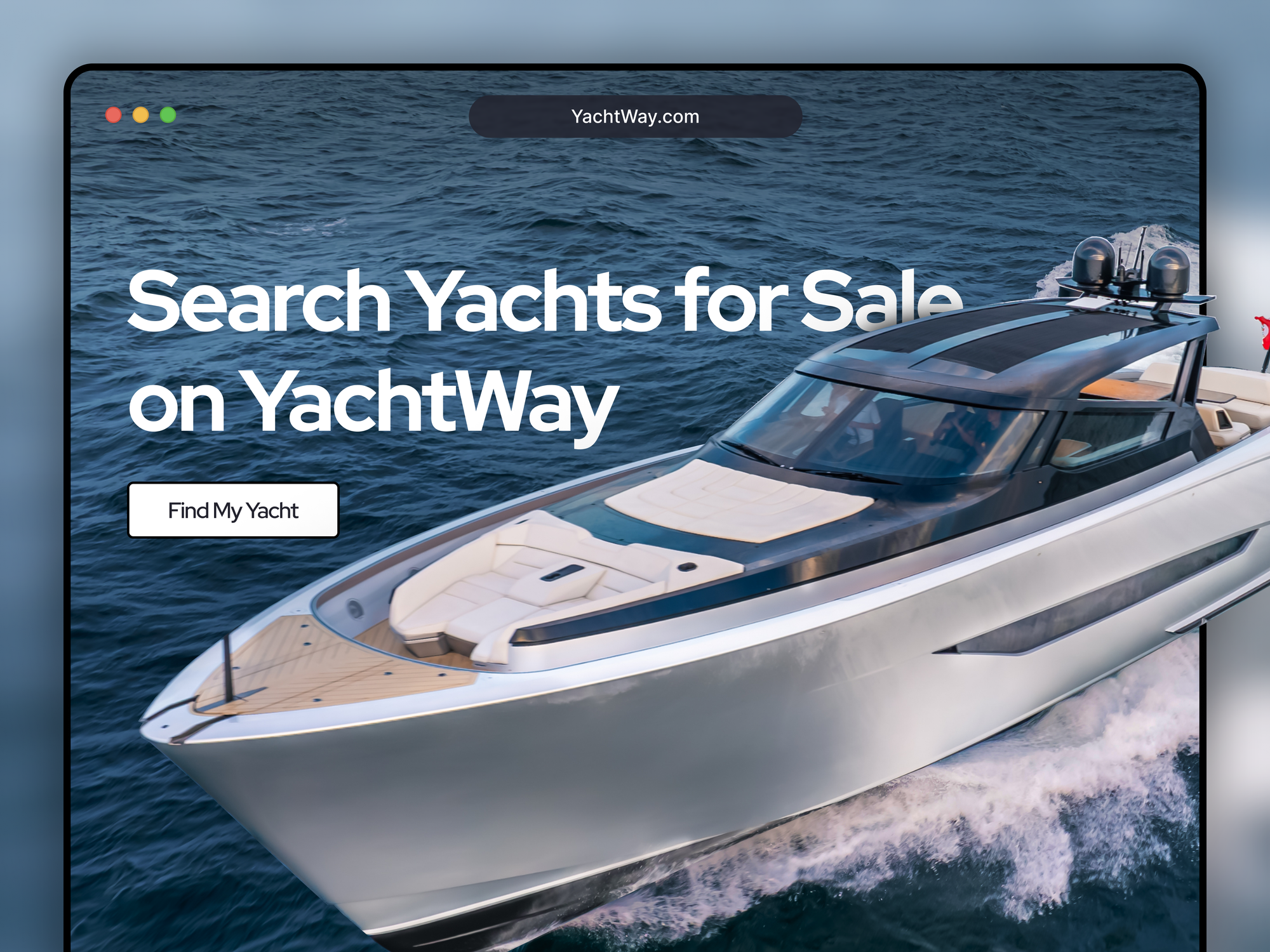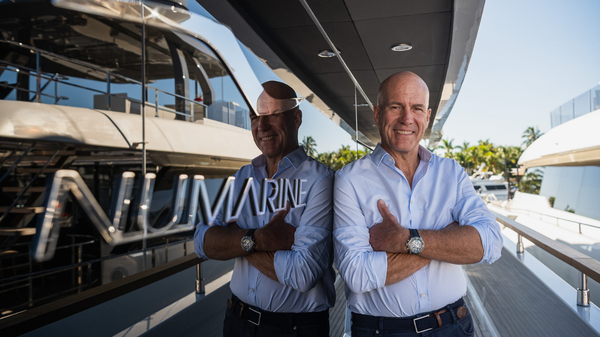Financing a Boat in 2025: What You Need to Know

As the boating industry continues to grow, financing a vessel—whether a sleek center console, a family-friendly cruiser, or a luxury yacht—has become more sophisticated and competitive. Lenders today assess more than just your credit score; they evaluate a full picture of your financial profile, including debt-to-income ratio, liquidity, and net worth. Understanding these dynamics more than the basic boat loan calculator is key to securing the best terms and confidently purchasing the boat that fits your lifestyle.
1. Credit Score
Your credit score remains one of the most critical indicators of creditworthiness, especially for a first time yacht buyer. While specific requirements vary by lender, a score above 700 is often the threshold for favorable terms. Applicants with scores in the excellent range may qualify for lower APRs and more flexible loan options. However, even mid-range scores can be workable if paired with strong financials elsewhere.
2. Debt-to-Income Ratio
Debt-to-income (DTI) ratio is a measure of how much of your monthly income goes toward debt obligations. Most lenders prefer a total DTI below 35%, with housing costs (if applicable) not exceeding 25%. A low DTI signals responsible financial behavior and reduces perceived lending risk, making you more attractive to financing institutions.
3. Liquidity and Net Worth
Liquidity—the amount of readily available assets such as cash, marketable securities, or retirement funds—plays a vital role in determining your ability to weather financial challenges. Ideally, lenders like to see six to eighteen months of living expenses available in liquid form. Net worth, while not always a direct lending criterion, provides a sense of long-term financial health and stability.
4. Loan History and Credit Inquiries
Lenders review your credit history to assess your reliability as a borrower. Having successfully managed previous recreational, auto, personal, or mortgage loans can work in your favor. It's also important to avoid excessive hard inquiries, as too many within a short window can lower your credit score. Grouping inquiries for a boat loan within a brief period (typically 14–30 days) is often treated as a single inquiry by credit bureaus.
5. Interest Rates and Terms
Generally, interest rates on boat loans generally range from 6% to 10%, depending on your credit profile, loan amount, and term length. Down payments and collateral can influence the rate. Lower APRs are usually reserved for those with excellent credit and a larger upfront contribution. Be sure to evaluate total interest paid over the life of the loan, not just monthly payments.
6. Loan-to-Value Ratio and Appraisal
Lenders typically offer financing based on the appraised value of the boat. This loan-to-value (LTV) ratio ensures you’re not overpaying and protects the lender’s collateral. A professional survey or a reputable pricing guide, or comparable sales may be used to assess the market value of the vessel, particularly for pre-owned or high-value boats.
7. Down Payments and Loan Structure
Smaller boats under $50,000 may be eligible for low or no-down-payment boat loan options. For larger vessels, down payments of 10% to 30% are standard. Loan terms generally range from 10 to 20 years, with longer terms offering lower monthly payments but resulting in higher total interest. Your lender will assess the loan structure based on your income, creditworthiness, and the boat's value.
8. Documentation and Pre-Approval
For loans exceeding approximately $200,000.00, documentation requirements become more rigorous. You may need to provide tax returns, bank statements, asset summaries, and proof of boating experience. Some lenders also require a plan for where the boat will be moored or stored. Pre-approval gives you clarity on what you can afford and strengthens your negotiating position when making an offer.
9. Types of Boat Financing
Buyers can explore a range of financing solutions:
- Secured Boat Loans: The boat itself acts as collateral. These are the most common and typically offer the best rates.
- Unsecured Loans: No collateral is required, but interest rates are higher.
- Home Equity Loans or HELOCs: Can offer lower interest rates but put your home at risk if you default.
Each option should be weighed against your risk tolerance and overall financial strategy.
10. To Finance or Pay Cash?
While paying cash can simplify the process and eliminate interest costs, it may limit your liquidity and reduce investment flexibility. Financing can preserve capital for other ventures and even help you acquire a newer vessel with warranty coverage. In competitive markets, pre-arranged financing can position you as a serious buyer.
Smart Preparation Tips
- Monitor and improve your credit score in advance.
- Pay down revolving debts to reduce your DTI.
- Build liquid reserves before applying.
- Get pre-approved to enhance your purchasing power.
- Compare offers from banks, credit unions, and marine lenders.
- Use valuation tools to validate pricing before committing to a deal.
- Invested Cash May Earn More Than Loan Interest.
- Have a plan for boat insurance.
If a boat interest is say 7%, but your investment can earn 8-10% + annually (e.g., in the stock market, real estate, on in your business), you come out ahead by financing. Example: $200,000.00 boat loan at 7% interest= $14,000/year in interest. That same $200,000 in a 9% portfolio = $18,000/year in gains. Need gain = $4,000/year, while still keeping your liquidity. By financing the boat you preserve your cash reserves for emergencies, business opportunities and higher-return investments
The Bottom Line on Boat Financing
Boat financing in 2025 reflects a more nuanced and comprehensive underwriting approach. With a strong financial profile and an informed strategy, buyers can unlock attractive terms and bring their yachting aspirations to life. Whether you're entering the market for the first time or upgrading to a larger vessel, thoughtful preparation will help ensure a smooth journey from approval to open water.






